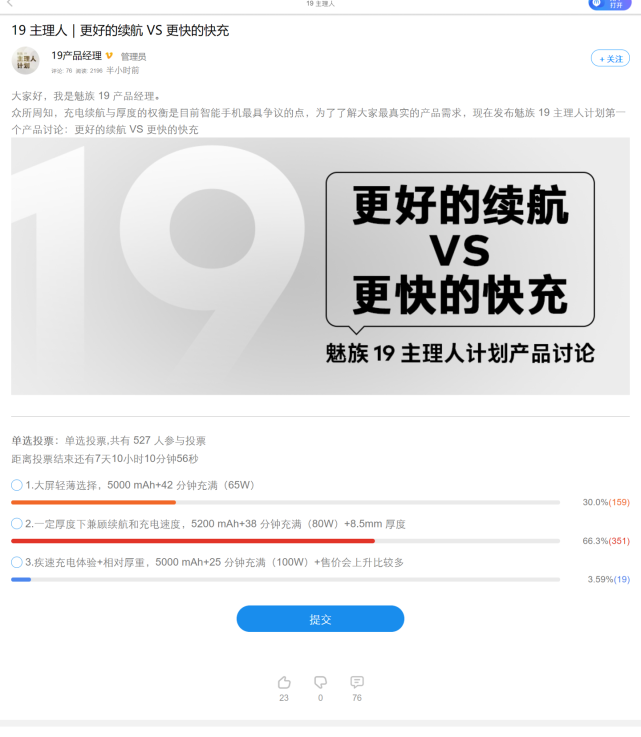Cangle experience-switch card regulating measurement method meaS
Author:My life circle Time:2022.09.15

Suitable for Ximen subsystem
Switch card to measure MEAS, the basic measurement measurement method, the measured head will reach the set measurement position at the set measurement speed, and the no -schedule can be available. The measurement results can be Obtained) Get the measured axis value under the coordinate system, or $ A_MM [n] to obtain the measured axis value under the coordinate system of the machine. It will be used, and it will be nested in the subroutine for calling.
have to be aware of is:
The measurement results are deviated depending on the position of the machine tool (generally the point of the test result of the test result of the test result of the test result of the test result). At the same time, after the measurement task is completed, The variable $ aa_mw [n] will be assigned (including xyz), and the results of the results of the next measurement process will be changed.
How to understand the measurement task?
The meas measurement method, as long as the measured head is measured, or triggers before reaching the setting position, it is considered to complete the measurement task. Therefore, even if the workpiece is not measured, the measurement task is completed;
Extraction of the measurement results:
The measurement results can be extracted by $ aa_mw [n]. It should be noted that the resulting result is not necessarily the result of your imagination. Why? Because of this measurement method, after the measurement task is completed, your measured head may not be touched, so the value of the measurement result is $ AA_MW [n] is not covered. If you read or use it, you should be particularly careful, such as:
R3 = 10
Stopre
G1 meas = 1 z = r3 F300
R13 = $ aa_mw [Z]
G0 Z = R13+13
Use the Meas method to measure the Z10 position. If the actual measurement head measured does not touch the workpiece, the value of the R13 is not necessarily 10, which may be the value of the previous measurement. If the value is -100, then the next step G0 Z = R13+13, the next step, The measurement of the head will directly rush to the workpiece at the speed of G0, and the collision incident occurs.
So how do we avoid?
When programming uses the meas = 1 measurement method, the call of the measurement results needs to be cautious. You can determine whether the measurement head is exposed to the workpiece ($ ac_mea [1] == 0 is not activated), as follows:
N852 IF $ AC_MEA [1] == 0
N854 Probeerror: MSG ("No Contact!")
N856 Gotob Probeerror
N858 stopre
N860 endif
Or determine whether the location is correct in advance, as follows:
N422 G1 MEAS = 1 Z = 10 F300
N424 if ($ aa_mw [z] <> (10))
N426 MSG ("Not Touch!")
N428 m00
N430 G0 Z1200
N434 m30
N436 endif
N438 g0 z = 100
For example, after the measurement is performed, it is best to use the actual fixed value when performing the G0 mobile Z axis.
Through the above methods, you can confirm whether the header is exposed to the workpiece, or when it is not confirmed, the later programming executes a fixed value. In this case, a processing accident caused by the uncertain data is avoided.
I have hit, so you know, you are also worth having, thank you for your support
- END -
Performance beast wearing a lightweight coat, the savior Y9000X 2022 is a new benchmark for light gaming

Once upon a time, high performance and lightness on notebook products always have ...
Meizu 19 series fast charge scheme three choices one user to decide at least 5000mAh+65W combination

According to the recent information, Geely, a rumor of rumors in the Internet, wil...